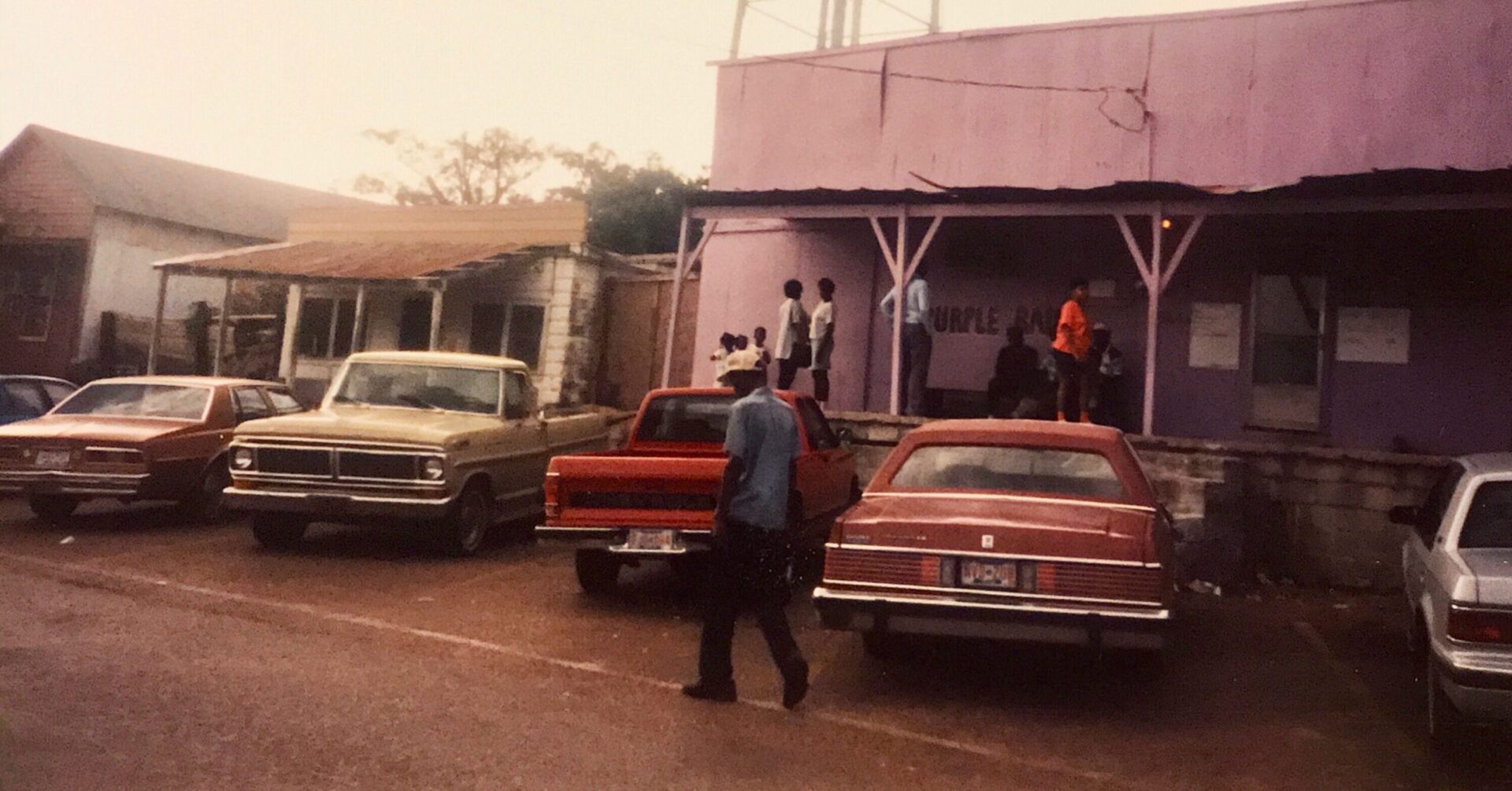





Tunica County, Mississippi once had dreams of greatness. After all, it bordered the most important navigable stream in North America, and had some raised hills along the banks that would provide for a protected townsite, so the early settlers imagined that there would be a bustling metropolis on the Mississippi River in their county. They chose the site for it near an Indian mound, and, appropriately enough, named it Commerce. It was quickly made the county seat of the new county, and for awhile, it lived up to its name as a fairly busy river port. But the river began to eat away at the bluff on which the town was built, and in 1843, part of Commerce sank into the river. The Board of Supervisors chose to move the county seat to Peyton, another river landing to the south, but a few years later, they moved it back to Commerce. With the river continuing to threaten Commerce, a permanent solution was needed, and eventually the decision was made to move the county seat even further south to Austin Landing, which became known as the town of Austin.
I had never heard of Austin Landing or Austin, Mississippi, but one day, while researching the Black fraternal organization known as the Independent Pole Bearers, I came across a Mississippi corporate charter for a Pole-Bearers chapter at “Austin Landing” in Tunica County. That captivated my interest, and a check of my phone showed that the name still appeared at a place near the levee on a road due west of Evansville, another ghost town that I had discovered on a previous journey through the Delta.
So, on a rather grey and overcast winter day, I headed west from Evansville to see what if anything remained at Austin. Online maps showed about two streets, a cluster of houses and supposedly a church. The road from Evansville was beautiful despite the dreary day, running alongside dark swamps on its southern edge, with seemingly historic homes on the northern side. The journey took awhile, but Austin soon appeared dead ahead, a small cluster of houses and trees against the levee.
I soon found that there are no businesses in Austin whatsoever, although I noticed a building that looked as if it might have once been a store. There is also a sort of community building that looks as if it might have once been the post office, and is probably now used as a voting precinct. Although the maps showed a church, I saw no trace of it when I was actually there, and few of the houses seemed old enough to warrant interest, with one exception. That house, an abandoned house on the northern street of Austin looked as if it had been there since the late 1890’s or early 20th century. Other than that, there was no trace of the courthouse, any businesses, the old street grids or, for that matter, the river, which was now safely behind levees and several miles further west.
I later learned that Austin had also been the scene of a massive race riot in August of 1874, caused by a white store owner attempting to shoot a thief. Instead of shooting the thief, he fatally wounded a 5-year-old Black child, and was arrested and charged. But the decision of the sheriff to release him on bond outraged the Black people of Tunica County. Reinforced by Blacks from Friars Point in Coahoma County further down the river, they armed themselves and marched on Austin in an effort to seize the town. In their initial capture of the downtown area, they took over the store whose owner had shot the girl, and seized him and locked him back up in the jail.
Memphis, only 40 miles to the north had been the scene of racial tension all summer, heightened by a racially-charged election between Democrats and so-called Radical Republicans, most of whom were Black, and this election had occasioned the establishment of white militias such as the Chickasaw Guards. At the news of an uprising in Austin, these militias commandeered boats from the Memphis harbor and headed to Austin to put down the Black uprising, which they succeeded in doing after several days. Several Blacks were killed, and many were arrested in both Tunica and Coahoma Counties. Austin would soon lose the county seat to a new town that had formed when the railroad came through the county- Tunica. Today it is a sleepy and forgotten place in the middle of nowhere, and one could not possibly imagine any noise or confusion there. Several of the homes are for sale, for the person that really wants to get away from it all.

My family actually moved to Austin in 1860. An uncle named Jonathan Bostick owned a plantation he called Beaver Dam near the lake. He was on a committee that rebuilt the courthouse that had been burned in the Civil War. His sister along with my Great great grandmother moved in with him after the war. The entire town had been burned during the Civil War except for a few buildings. When the railroad came through east of town and the new levee was constructed, the county seat was moved to Tunica.